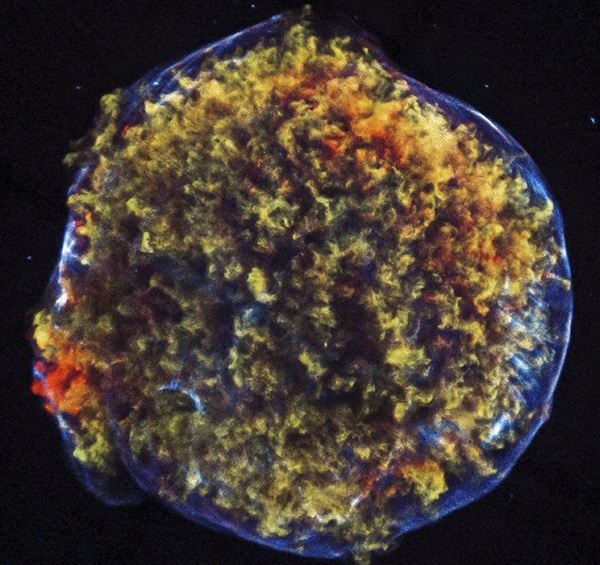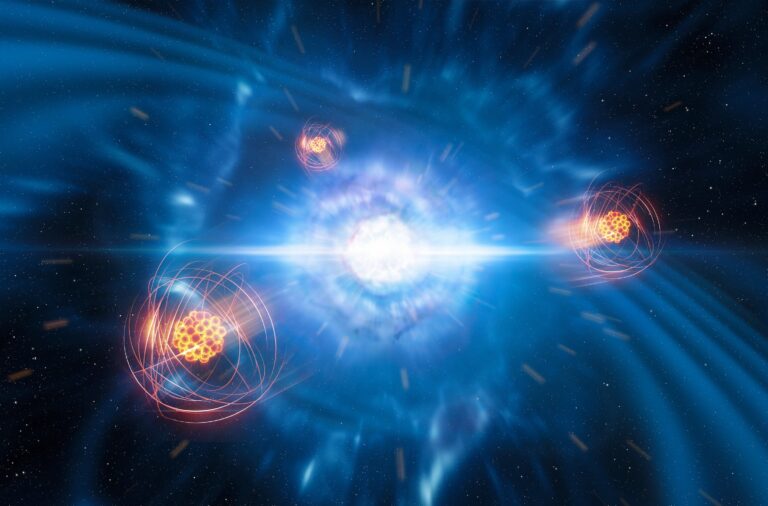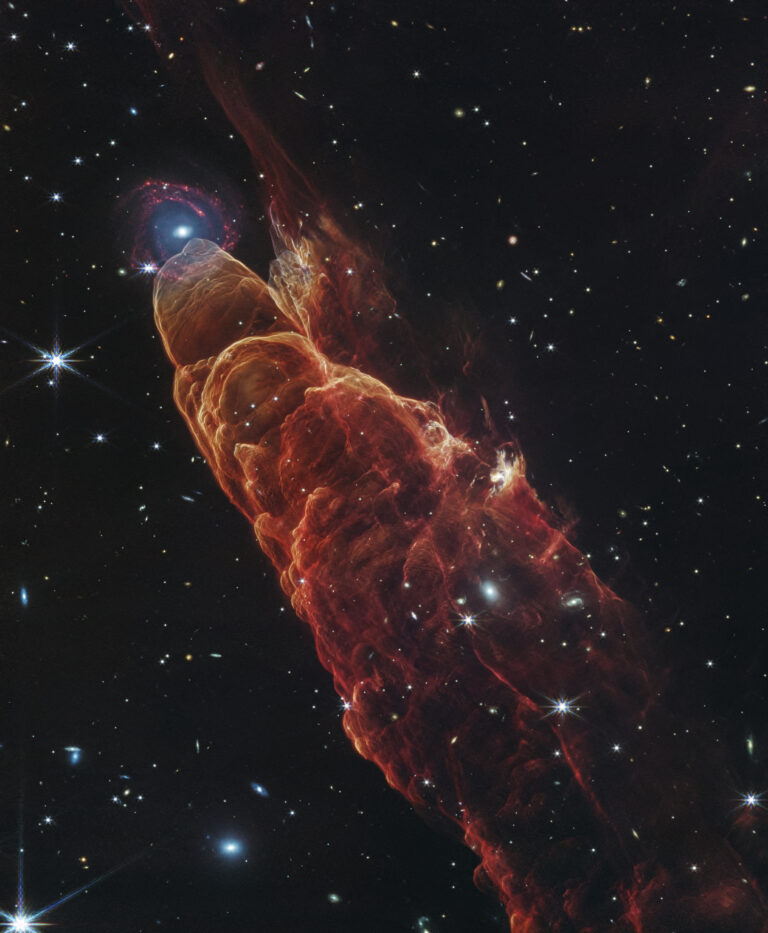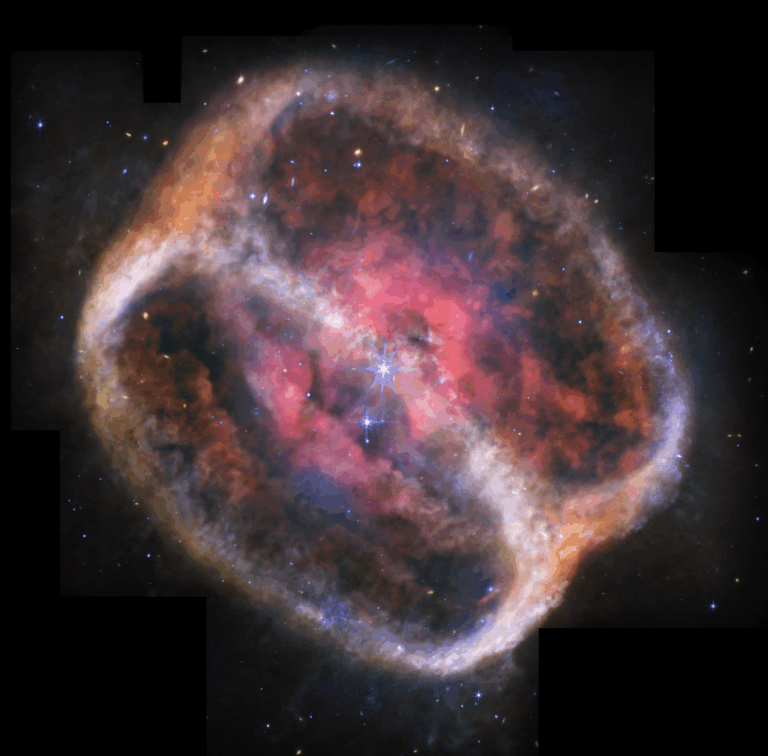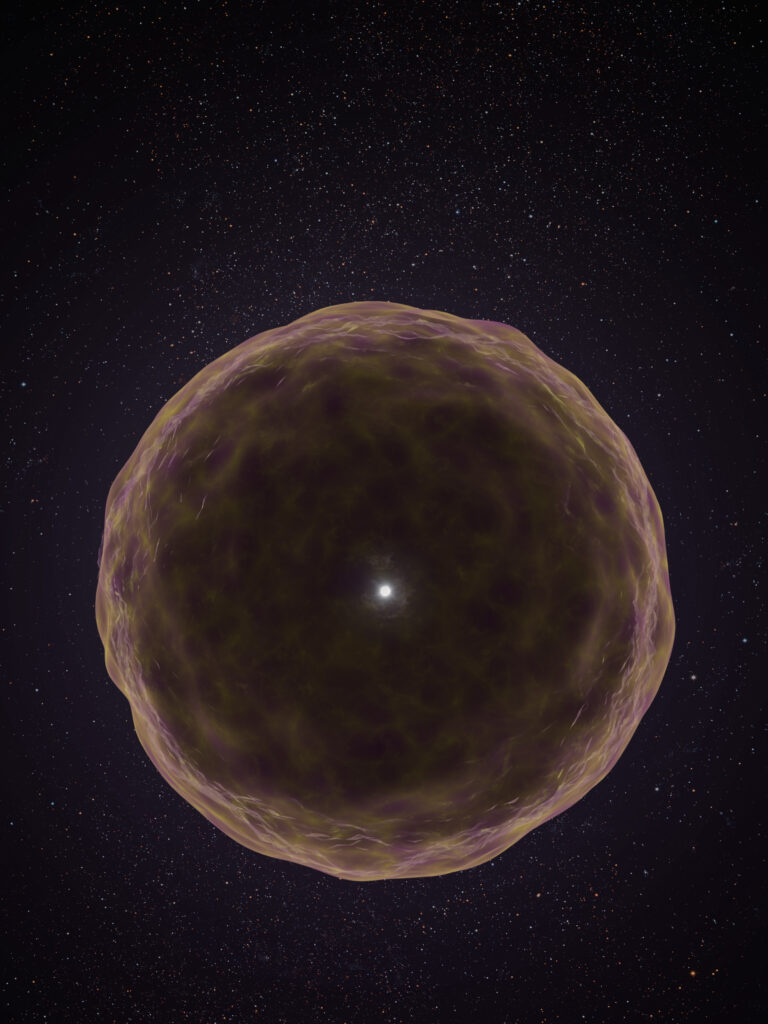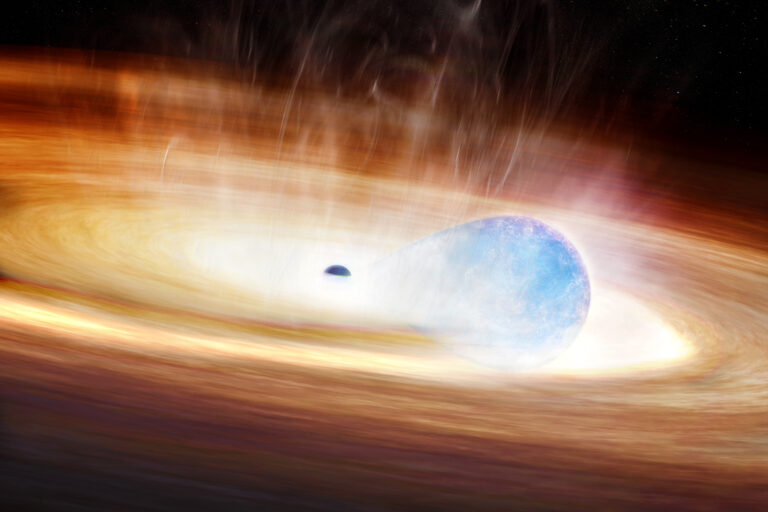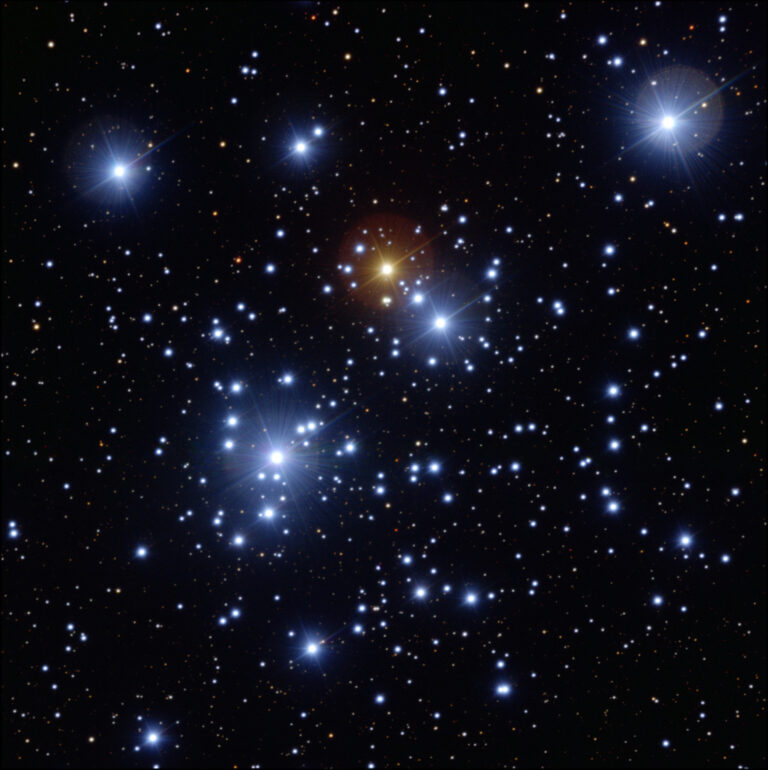Key Takeaways:
- Chandra X-ray Observatory imagery reveals Tycho's supernova remnant, showcasing a blue outer shell of high-energy electrons from the initial shockwave and red/green debris illuminated by a rebounding shockwave.
- Observed by Tycho Brahe in 1572, the supernova reached a magnitude of approximately –4, visible even during the day for a brief period before fading from naked-eye visibility by March 1574.
- Located approximately 13,000 light-years away in Cassiopeia, the remnant (B Cassiopeiae, SN 1572) is characterized as a spherical expanding cloud of debris.
- While traditionally classified as a Type Ia supernova resulting from a single white dwarf exceeding its mass limit, recent research suggests an alternative scenario involving the merger of two white dwarfs as the progenitor.
The Chandra X-ray Observatory has imaged Tycho’s supernova in detail. An outer expanding shell of high-energy electrons associated with the initial shock wave is visible as blue. The debris left over from the explosion (red and green) glows due to heating from a rebounding, inward-moving shock wave.
The supernova’s remnant was identified in the mid-20th century via telescope. Today, astronomers refer to it by several names, including B Cassiopeiae and SN 1572, but it also carries the informal name of Tycho’s supernova. The remnant is about 13,000 light-years away within the Milky Way. It is spherical and consists of an expanding cloud of debris, led by an outer shell of high-energy electrons associated with the initial shock wave from the blast. A second shock wave, called a rebound shock wave, travels inward and has lit up the debris.
Using the remnant’s spectrum and light reflected off nearby dust, astronomers have classified Tycho’s supernova as a type Ia event: the explosion of a white dwarf that tips over its allowed mass limit after accreting matter from a nearby companion. But recent work published in September in Nature Astronomy offers an alternative scenario, based on new observations of the remnant and its environment: The progenitor may have been the merger of two white dwarf stars, rather than a single white dwarf stealing mass from a stellar companion.
Alison Klesman
Associate Editor

